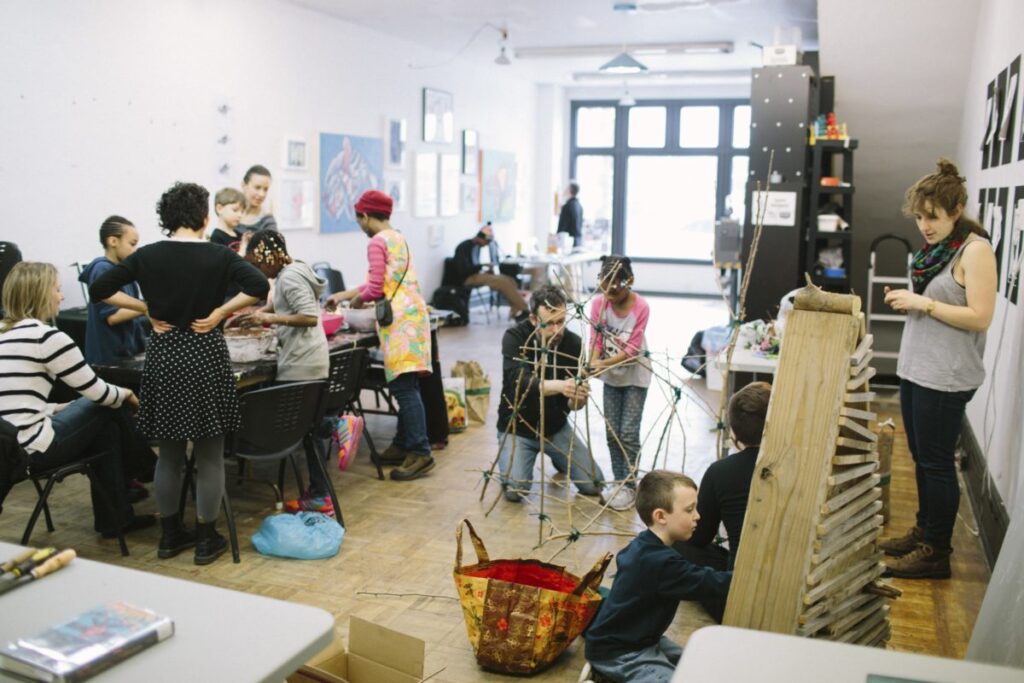My second-grader cries when he needs help with his math homework. He’s good at math. And with ease, he has been able to handle most of the homework that’s come home under the new Common Core math curriculum. But when the answers don’t come easily, he gets upset and doesn’t want to try. The idea that you have to get things wrong a few times, sometimes many times, in order to get to the right answer is not a lesson he’s yet learned.
He’s only eight, but as a parent, I hope he’ll have more opportunities to get the answer wrong, and to have to find his own way, as he grows older.
Experts like Angela Duckworth, an associate professor at the University of Pennsylvania who studies the importance of “grit,” says these are experiences my son will need in order to develop the kind of higher-order thinking skills necessary in our rapidly changing world. Duckworth defines “grit” as the “tendency to sustain interest in and effort toward very long-term goals.”
Duckworth says she’s seen lots of very smart kids who don’t know how to fail. “They don’t know how to struggle, and they don’t have a lot of practice with it,” she said.
Tom Hoerr, an administrator at the New City School in St. Louis, recently told NPR his goal is to make sure “that no matter how talented [students are], they hit the wall, so they can learn to pick themselves up, hit the wall again and pick themselves up again, and ultimately persevere and succeed.”
Teaching our kids to work hard and to stick with something even when they keep hitting that wall is no easy task, as a parent or as an educator. It’s tough to watch and to resist the urge to make things easier for them.
It’s not making mistakes, but how kids react to the “wall” that matters.
Makerspaces, popping up in schools, libraries, and museums, may be one cool place to teach kids this perseverance. With the unstructured time and materials they offer for kids to work on their own projects, solve problems together, and try things out over and over again, makerspaces can be an exciting laboratory.
The tinkering that’s going on in the Children’s Museum of Pittsburgh’s MAKESHOP, for example, allows kids (and adults) to experiment with wood, circuitry, a needle and thread, or old technology that they can take apart and put back together. Kids get ideas, but things usually don’t go right the first time.
This trial and error (emphasis on the error) is another extension of exploration and experimentation. Kids try things, without the pressure of a grade or a big red mark on their paper. Instead, in this environment, where everyone is working and failing, they’re freer to say, “Oh this didn’t work out, how can I make it work?” It’s not making mistakes, but how kids react to the “wall” that matters. It’s all about turning that initial ding in one’s confidence into a chance to learn. That’s ultimately empowering and it’s special.
Kylie Peppler is an assistant professor of learning sciences at Indiana University, Bloomington, and the head of the Make to Learn Initiative. She’s studying makerspaces, including the one at the Children’s Museum of Pittsburgh, to see what they have to teach us about learning.
“The act of construction externalizes what kids know,” she said in an interview last year, “and allows them to reflect on the designing and action. The externalizing of your ideas is really productive for learning and connecting with other people.”
The Institute of Museum and Library Services recently announced a new partnership with the children’s museum to help build the capacity of other libraries and museums around the country to develop these spaces. Under the new grant, the children’s museum will be working with the North Carolina State University Libraries, Exploratorium, Chicago Public Library, and Maker Education Initiative to provide museum and library professionals with tools and resources, in addition to professional development.
At the New York Hall of Science, one of at least 10 learning labs across the country that allow teens to experiment with technology in a hands-on way, teens use tools ranging from band saws to 3D printers to create solutions for community problems. Recently they saw a problem in their neighborhood in Queens and designed a solution. It’s a common scene in cities: older women pulling their groceries or packages home in a two-wheeled cart. But in Queens, getting home often means taking the el and lugging that cart up to the platform, one step at a time. The teens thought they could design a better cart.
They set to work designing a better wheel—one that pivots for easier ascent. With the guidance of mentors, the teens created a prototype with dowels and tape and cardboard and a wheel of an existing cart, learning valuable skills about trial and error, critical thinking, and collaboration along the way. And who knows—maybe a patent in the future.
Are these types of spaces the key to get kids thinking for themselves? Facing another night of tears and math homework, I sure hope so.
